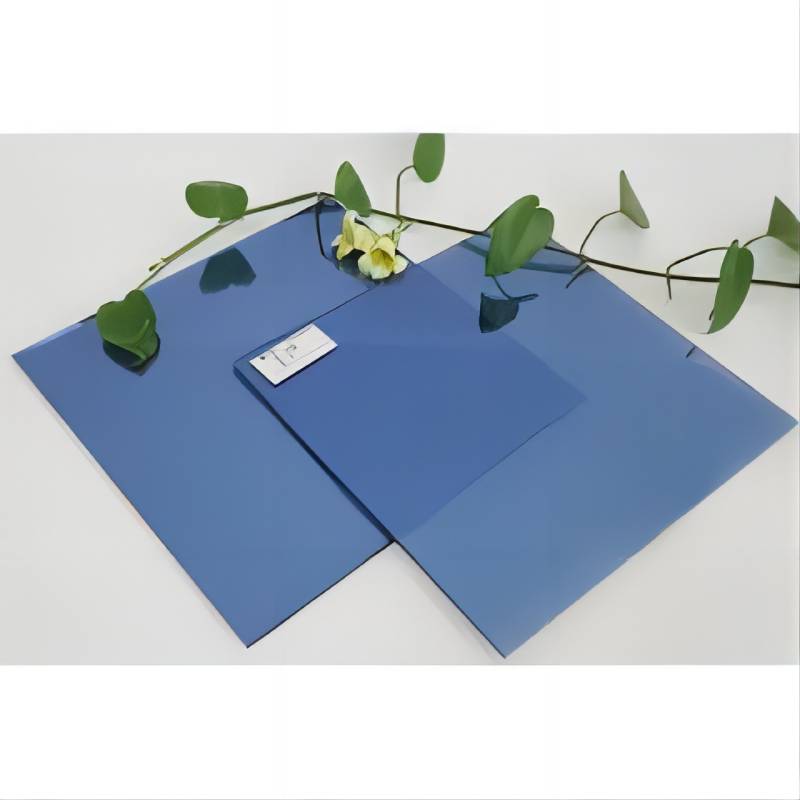Understanding Architectural Curtain Walls
Architectural curtain walls represent a significant advancement in modern architecture, serving both functional and aesthetic purposes. By definition, a curtain wall is a non-structural outer covering of a building that is designed to keep the weather out and provide a visual facade. Unlike load-bearing walls, curtain walls are hung from the building structure and primarily serve to protect the interior environment from external climatic conditions.
Historical Context
Curtain walls first became popular in the early 20th century with the advent of steel and glass construction. This shift allowed for larger and more intricate facades, promoting a sense of openness and transparency in buildings. An iconic early example is the 1931 Lever House in New York, which innovatively employed a glass curtain wall, setting a precedent for future skyscrapers. The technique quickly gained traction as architects and builders began to explore the possibilities of light, space, and form facilitated by these systems.
Structure and Design
Today, architectural curtain walls are typically composed of lightweight materials such as aluminum, glass, and composite panels. They are designed to withstand wind loads, support their weight without needing to bear the load of the building, and provide insulation and weather resistance. As such, curtain walls are not mere decorations; they are integral components engineered to meet structural and environmental performance criteria.
These walls can be categorized into several types, including structural glazing, unitized systems, and stick-built systems. Structural glazing involves bonding glass directly to the frame, providing a seamless, smooth appearance. Unitized systems consist of pre-fabricated panels that are assembled off-site and installed as complete units, improving installation efficiency. Stick-built systems are constructed on-site from individual components, offering flexibility in design but often requiring more labor and time.
Aesthetic Appeal
architectural curtain wall
One of the most notable advantages of curtain walls is their aesthetic versatility. They can be designed to meet various architectural styles, from sleek, modern looks to more traditional appearances. This adaptability allows architects to create visually dynamic facades that can change depending on light conditions and perspectives. The expansive use of glass also enables natural light to flood interior spaces, contributing to energy efficiency and enhancing the overall occupant experience.
Furthermore, the use of color, texture, and pattern in curtain wall design can significantly influence the character of a building. Innovations in materials and technologies such as photovoltaic glass allow for even greater creativity and sustainability in design, as these materials can produce energy while also maintaining aesthetic value.
Energy Efficiency and Sustainability
In recent years, there has been an increasing focus on sustainability in building design, and curtain walls have evolved to meet this demand. By incorporating energy-efficient materials and technologies—such as low-E glass, improved insulation, and sun-shading devices—architects can reduce energy consumption and make buildings more environmentally friendly. Well-designed curtain walls can significantly decrease the need for artificial lighting, improve HVAC efficiency, and enhance overall occupant comfort.
Additionally, many modern curtain wall systems contribute to green building certifications, such as LEED (Leadership in Energy and Environmental Design), enabling building owners to achieve sustainability goals and appeal to environmentally conscious investors and tenants.
Conclusion
Architectural curtain walls epitomize the integration of form, function, and environmental responsibility in modern building design. As technology continues to advance, we can expect even more innovative uses of curtain walls, pushing the boundaries of architecture while also adhering to sustainability principles. This evolving approach not only reshapes our skylines but also enhances the way we interact with and experience our built environment, leading to a more efficient and engaging future in architecture.
 Afrikaans
Afrikaans  Albanian
Albanian  Amharic
Amharic  Arabic
Arabic  Armenian
Armenian  Azerbaijani
Azerbaijani  Basque
Basque  Belarusian
Belarusian  Bengali
Bengali  Bosnian
Bosnian  Bulgarian
Bulgarian  Catalan
Catalan  Cebuano
Cebuano  Corsican
Corsican  Croatian
Croatian  Czech
Czech  Danish
Danish  Dutch
Dutch  English
English  Esperanto
Esperanto  Estonian
Estonian  Finnish
Finnish  French
French  Frisian
Frisian  Galician
Galician  Georgian
Georgian  German
German  Greek
Greek  Gujarati
Gujarati  Haitian Creole
Haitian Creole  hausa
hausa  hawaiian
hawaiian  Hebrew
Hebrew  Hindi
Hindi  Miao
Miao  Hungarian
Hungarian  Icelandic
Icelandic  igbo
igbo  Indonesian
Indonesian  irish
irish  Italian
Italian  Japanese
Japanese  Javanese
Javanese  Kannada
Kannada  kazakh
kazakh  Khmer
Khmer  Rwandese
Rwandese  Korean
Korean  Kurdish
Kurdish  Kyrgyz
Kyrgyz  Lao
Lao  Latin
Latin  Latvian
Latvian  Lithuanian
Lithuanian  Luxembourgish
Luxembourgish  Macedonian
Macedonian  Malgashi
Malgashi  Malay
Malay  Malayalam
Malayalam  Maltese
Maltese  Maori
Maori  Marathi
Marathi  Mongolian
Mongolian  Myanmar
Myanmar  Nepali
Nepali  Norwegian
Norwegian  Norwegian
Norwegian  Occitan
Occitan  Pashto
Pashto  Persian
Persian  Polish
Polish  Portuguese
Portuguese  Punjabi
Punjabi  Romanian
Romanian  Russian
Russian  Samoan
Samoan  Scottish Gaelic
Scottish Gaelic  Serbian
Serbian  Sesotho
Sesotho  Shona
Shona  Sindhi
Sindhi  Sinhala
Sinhala  Slovak
Slovak  Slovenian
Slovenian  Somali
Somali  Spanish
Spanish  Sundanese
Sundanese  Swahili
Swahili  Swedish
Swedish  Tagalog
Tagalog  Tajik
Tajik  Tamil
Tamil  Tatar
Tatar  Telugu
Telugu  Thai
Thai  Turkish
Turkish  Turkmen
Turkmen  Ukrainian
Ukrainian  Urdu
Urdu  Uighur
Uighur  Uzbek
Uzbek  Vietnamese
Vietnamese  Welsh
Welsh  Bantu
Bantu  Yiddish
Yiddish  Yoruba
Yoruba  Zulu
Zulu 

